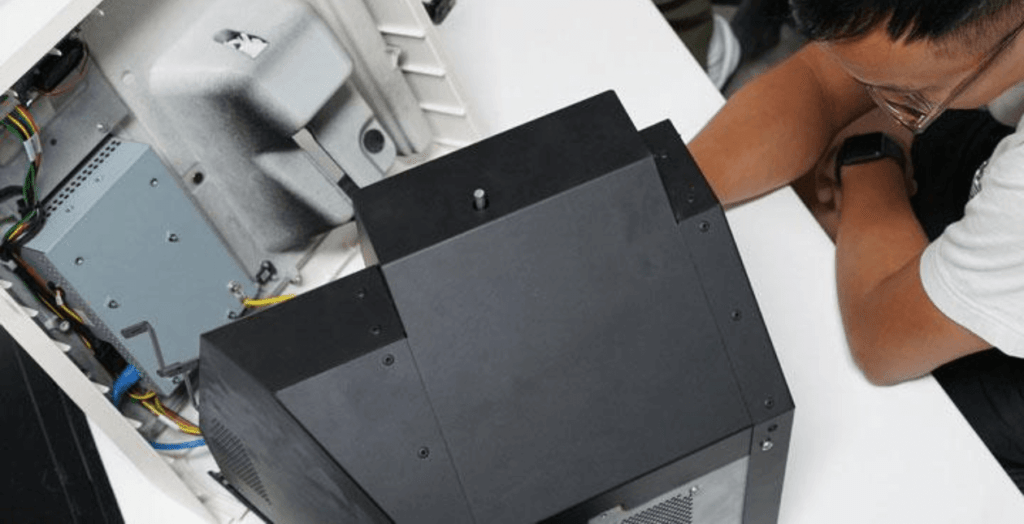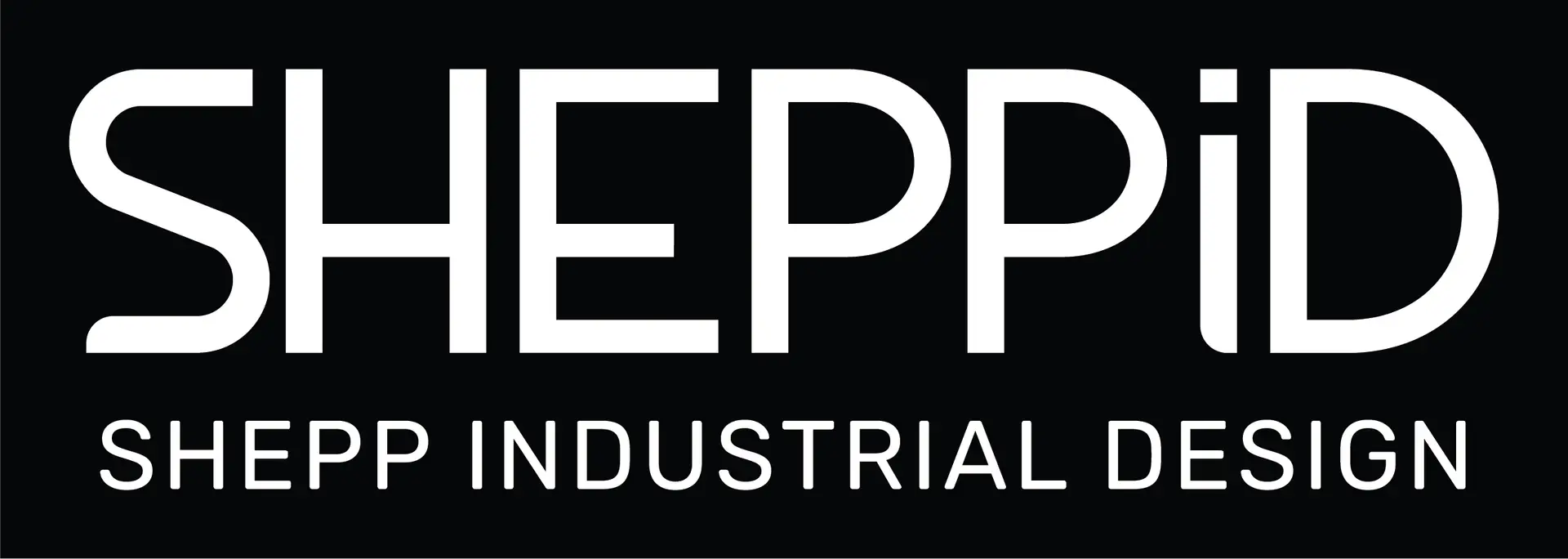In the meticulous journey of product design, transitioning from an initial idea to a market-ready product involves several critical stages. One such pivotal stage is the creation of a Beta Prototype. But what exactly is a Beta Prototype, and why is it so essential?
What is a Beta Prototype?
A Beta Prototype is a more advanced version of the product that follows the Alpha Prototype. It incorporates feedback and improvements from the Alpha stage, bringing the product closer to its final form in terms of functionality, design, and usability.

Key Characteristics of a Beta Prototype
Here are some key characteristics that define a Beta Prototype:
Enhanced Features
The Beta Prototype includes more refined features and components, addressing issues identified during the Alpha testing phase. At this stage, it often incorporates nearly all the features planned for the final product, providing a comprehensive representation of what the end product will offer.
Improved Design
The design of the Beta Prototype is more polished and closer to the intended final look and feel. This includes better materials, finishes, and user interface elements. The aesthetic and ergonomic aspects are more refined, giving a clearer picture of the product’s final appearance.
User Testing
Beta Prototypes are often distributed to a select group of users outside the development team for real-world testing. This helps gather user feedback on performance, usability, and overall experience. Engaging with actual users at this stage is crucial for identifying any remaining issues and ensuring the product meets user expectations.
Usability and Performance
The focus during the Beta stage shifts towards optimizing usability and ensuring the product performs reliably in various conditions. This stage often involves extensive testing for durability, efficiency, and user satisfaction. The goal is to fine-tune the product to ensure it delivers a seamless and reliable user experience.
Pre-production Preparation
The Beta Prototype is used to finalize the design and prepare for mass production. It helps identify any last-minute adjustments needed before launching the product. This preparation includes refining manufacturing processes and ensuring that all components are ready for large-scale production.
Marketing and Presentation
Sometimes, Beta Prototypes are used for marketing purposes, including demonstrations at trade shows, presentations to stakeholders, or previews for potential customers. This allows companies to showcase the product’s features and benefits, generating interest and gathering early feedback from the market.
The Importance Of The Beta Prototype
The Beta Prototype stage is crucial for fine-tuning the product, ensuring it meets user expectations, and preparing for a successful market launch. By incorporating user feedback and addressing any issues identified during this phase, designers and developers can significantly improve the product’s quality and performance. This stage bridges the gap between early prototypes and the final product, ensuring a smooth transition to mass production.
The Beta Prototype plays a vital role in the product development process. Understanding and effectively utilizing the Beta Prototype stage can make a significant difference in the overall success of the product.
To gain a deeper understanding of beta prototypes, be sure to read our article on alpha prototypes, which covers the early stages of prototype development.




